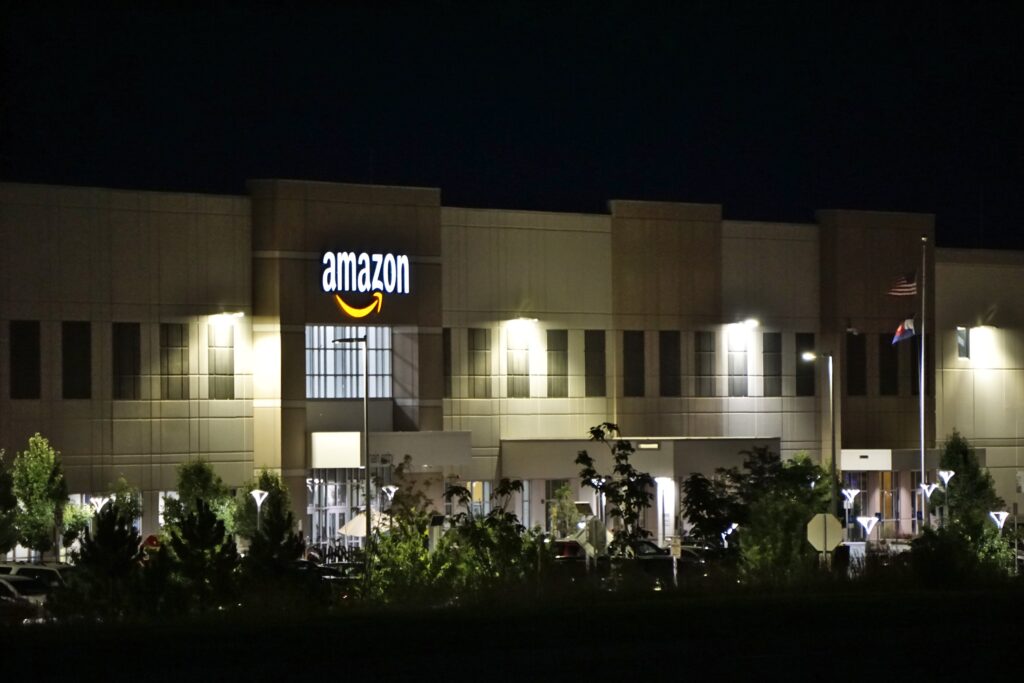Amazon One Medical is making waves in the healthcare industry by disrupting traditional models of primary care services. With the rise of telehealth and an increased focus on patient experience, Amazon One Medical aims to provide convenient and accessible healthcare options for individuals both through electronic and in-person means. While we have seen several major companies begin to breach into the world of healthcare, this partnership is a big step in a new direction.
One of the key advantages offered by Amazon One Medical is their integration of telehealth services. This allows patients to access primary care from the comfort of their own homes, eliminating the need for in-person visits and reducing wait times. Telehealth appointments can be scheduled easily through an online platform, offering flexibility and convenience to patients with busy schedules or limited mobility.
In addition to telehealth services, Amazon One Medical focuses on enhancing the overall patient experience, both in-person and virtually. One Medical and Amazon have already begun expanding their brick-and-mortar locations, hoping to find new and innovative ways to refine the in-person primary-care experience. Electronically, their new user-friendly interface allows patients to easily manage appointments, view medical records, and communicate with healthcare providers. With a streamlined approach to paperwork and administrative tasks, patients can spend less time navigating bureaucracy and more time receiving quality care.
Moreover, Amazon One Medical utilizes advanced technology such as artificial intelligence (AI) algorithms to assist healthcare professionals in diagnosing illnesses and recommending appropriate treatments. This integration of AI not only improves accuracy but also helps save time for both doctors and patients.
By embracing telehealth options and prioritizing patient experience, they are simplifying the process while maintaining high-quality care. As this innovative model continues to evolve, it has the potential to reshape the future of primary care delivery in the healthcare industry.
Technology Advancements Involved in One Medical
In recent years, there has been a significant shift towards improving access to primary care and enhancing the convenience of healthcare services for patients. This transformation has been made possible through the integration of technology and innovative approaches in healthcare delivery. As a result, patients now have easier access to primary care providers, leading to a more streamlined healthcare experience.
One of the key advancements in this area is the utilization of telemedicine and virtual care platforms. These platforms allow patients to consult with their primary care providers remotely, eliminating the need for in-person visits for minor ailments or routine check-ups. This not only saves time for both patients and providers but also reduces the cost associated with traditional office visits.
Furthermore, these digital solutions enable patients to schedule appointments online, access their medical records electronically, and receive test results promptly – all from the comfort of their own homes. This level of convenience greatly enhances patient satisfaction and engagement in their own healthcare journey.
The fact that there are also over 200 physical locations for patients to visit means that they can stick with the same group of healthcare providers if there is a medical complication that cannot be solved virtually. This helps create a streamlined and easy system for both patients and practitioners.
Additionally, streamlining the healthcare experience through technology can have significant cost-saving implications. By reducing unnecessary office visits and minimizing administrative tasks, such as filling out paperwork or waiting in long queues at clinics, resources can be allocated more efficiently. This not only benefits patients by reducing out-of-pocket expenses but also helps healthcare systems optimize their operations.
Overall, improved access to primary care through virtual platforms and enhanced convenience for patients are transforming how we experience healthcare services. By leveraging technology effectively, we are not only saving time and energy but also creating a more patient-centered approach that ultimately leads to better health outcomes at a lower cost.
Potential Challenges and Concerns with Amazon’s One Medical Program
Data privacy and security concerns have become increasingly prevalent in today’s digital age, particularly within the healthcare industry. With the rapid advancement of technology and the widespread adoption of electronic health records, protecting patient data has become a top priority. While the last confirmed major data-leak from Amazon was back in 2021, there have been rumors since then of additional data leaks within the company, leading some to worry about whether or not they can trust their health information with Amazon.
Moreover, there are concerns about the potential monopolization of the industry by large tech companies. With their vast resources and technological capabilities, these companies may gain significant control over patient data. This could result in limited choices for consumers and potentially hinder competition among healthcare providers.
To address these challenges, it is crucial for healthcare organizations to prioritize data privacy and security measures. Robust encryption protocols, strict access controls, regular audits, and employee training can help mitigate risks associated with data breaches. Additionally, regulatory bodies play a vital role in ensuring that fair and wide-spread competition is allowed to continue in the world of healthcare, ensuring that no group has a monopoly on the industry.
The Future Outlook: Shaping the Healthcare Industry Going Forward
Competition and innovation in healthcare delivery models have become increasingly important as the industry strives to meet the ever-changing needs of patients. With advancements in technology, new opportunities for partnerships and collaborations with other industry players have emerged.
In an effort to provide more efficient and effective healthcare services, organizations are seeking strategic alliances with various stakeholders. These partnerships can range from collaborations between hospitals and pharmaceutical companies to joint ventures between insurance providers and telemedicine platforms. By joining forces, healthcare organizations can pool their resources, expertise, and data to create innovative solutions that improve patient outcomes while reducing costs. For example, a hospital might partner with a technology company to develop a mobile app that allows patients to schedule appointments, access medical records, and receive virtual consultations.
Moreover, collaborations between different sectors such as healthcare and technology or finance can lead to groundbreaking innovations. For instance, partnerships between health systems and artificial intelligence companies can result in the development of AI-powered diagnostic tools or predictive analytics platforms that enhance early detection of diseases. These partnerships also facilitate knowledge sharing among industry players. By tapping into each other’s expertise and insights, organizations can accelerate the adoption of best practices and stay ahead of rapidly evolving trends.
However, it is important for these collaborations to be approached with caution. Organizations must ensure alignment in terms of goals, values, and ethical considerations. Additionally, regulatory frameworks need to be considered when forming partnerships across different industries.
New opportunities such as this will also likely have a strong effect on the hiring market. If you are looking for a new role, then check out our job board or connect with a recruiter here to learn more about what opportunities are open for you. If you are looking for new employees, connect with a recruiter here to see how we can help!











